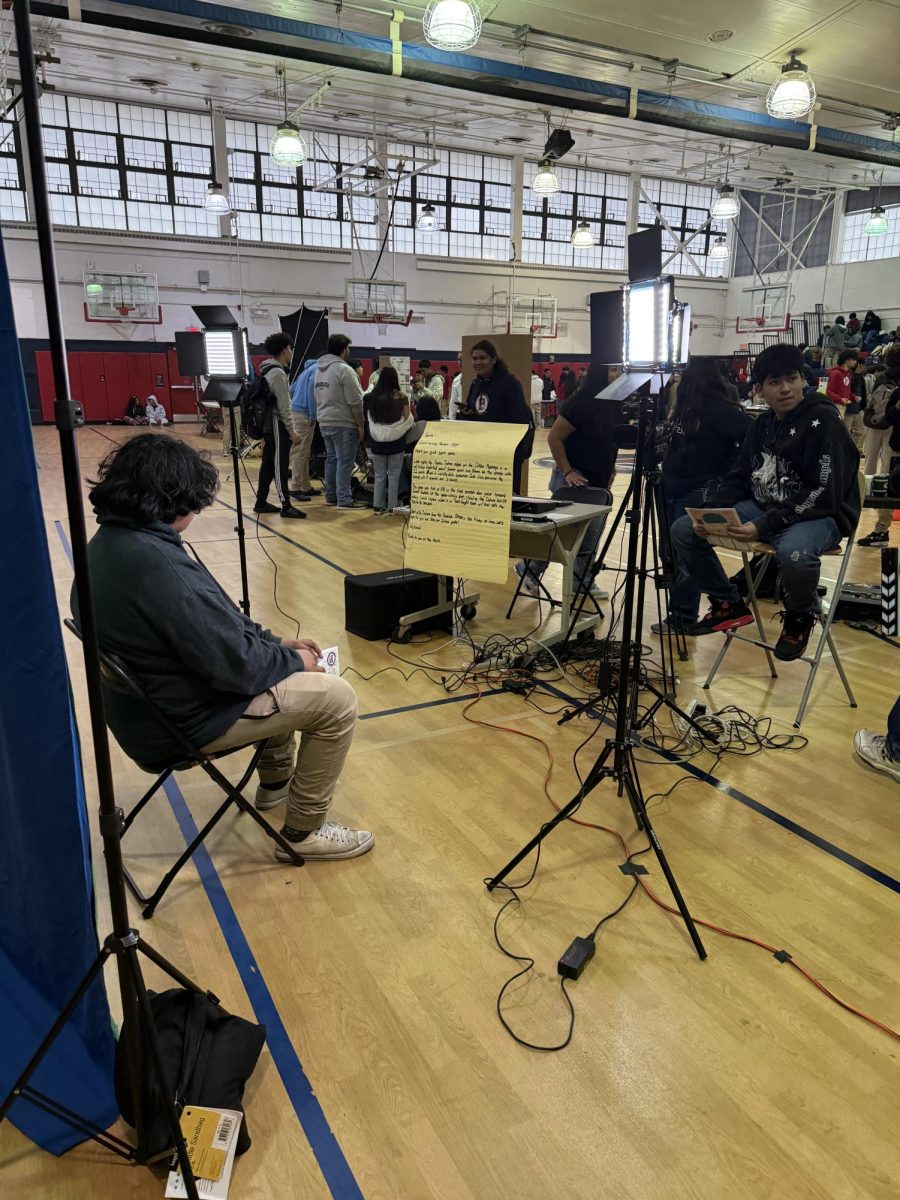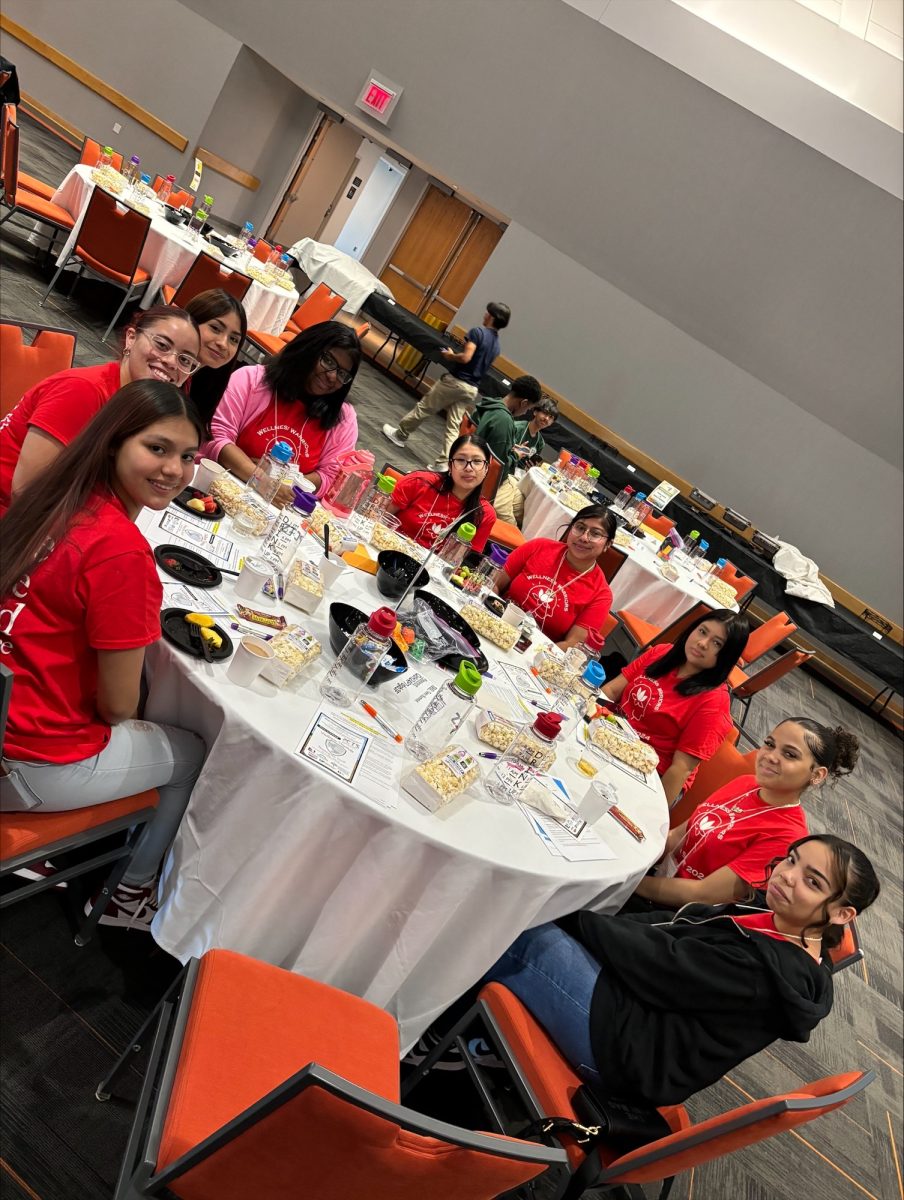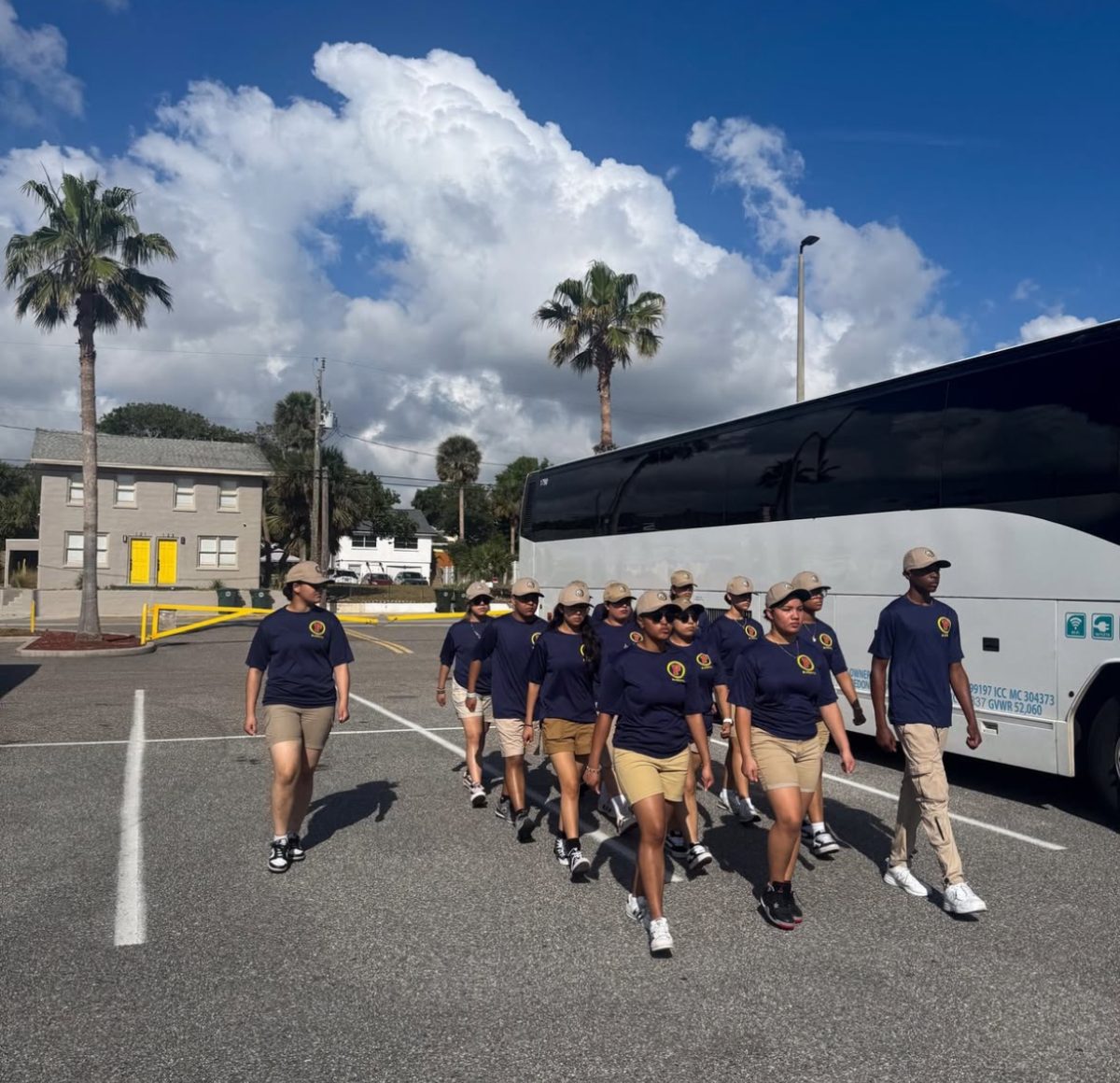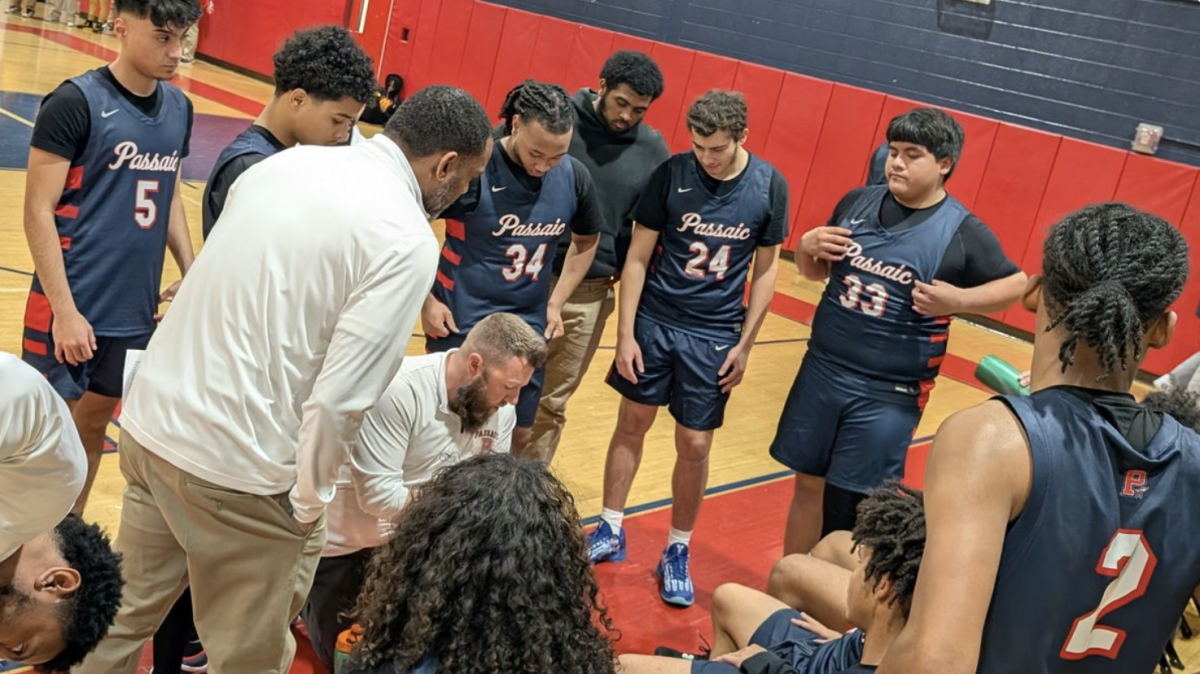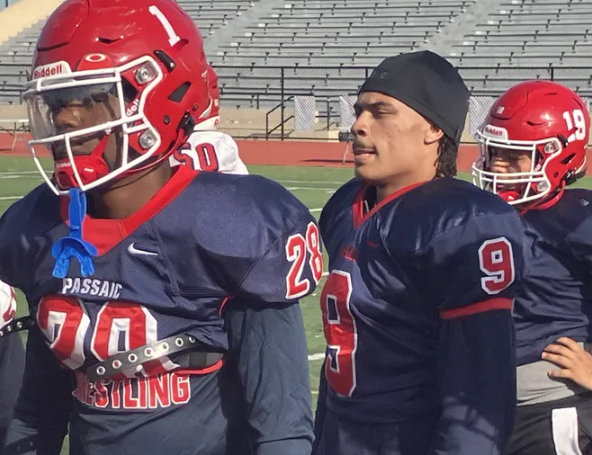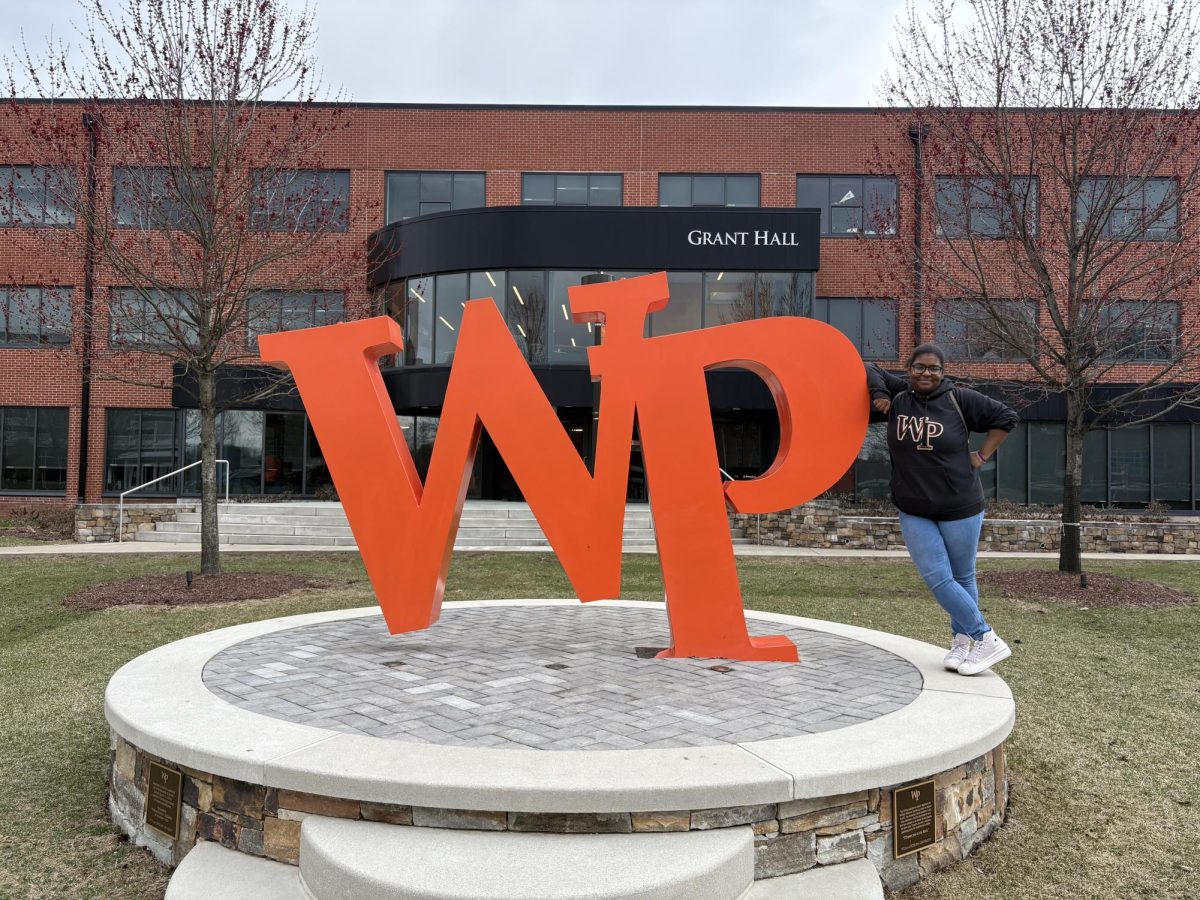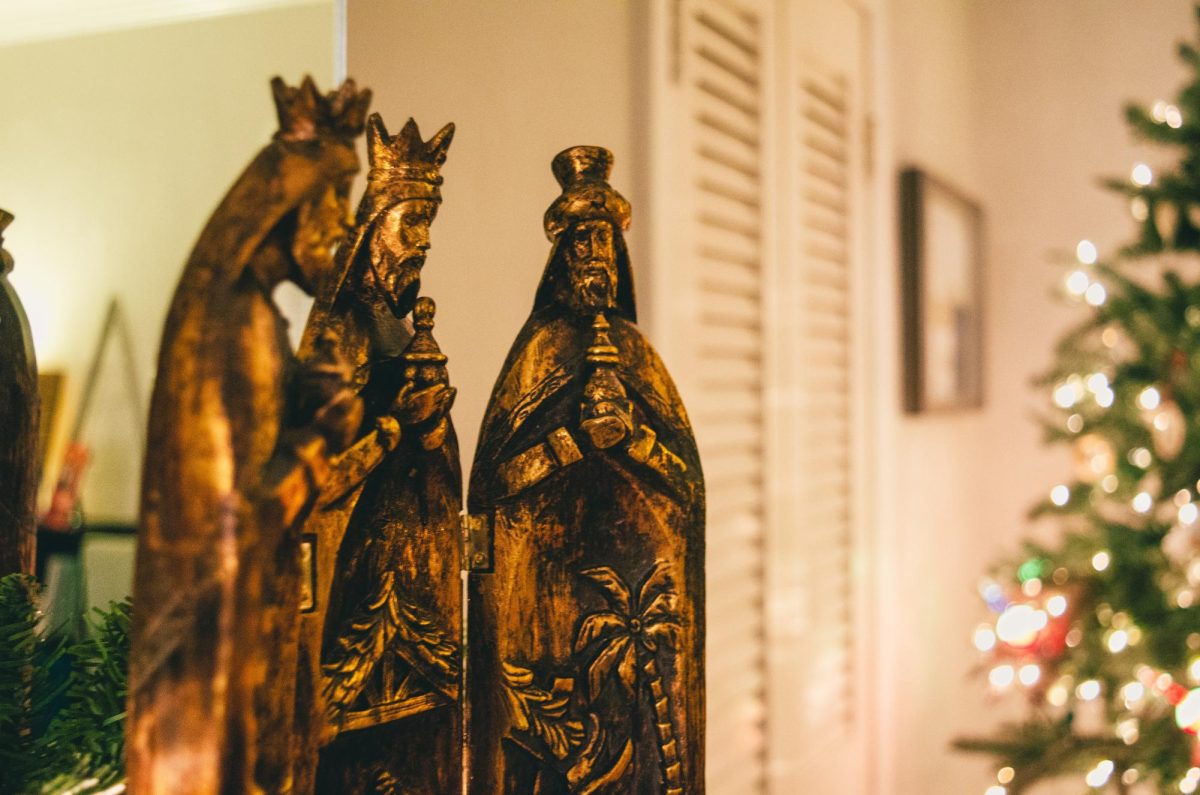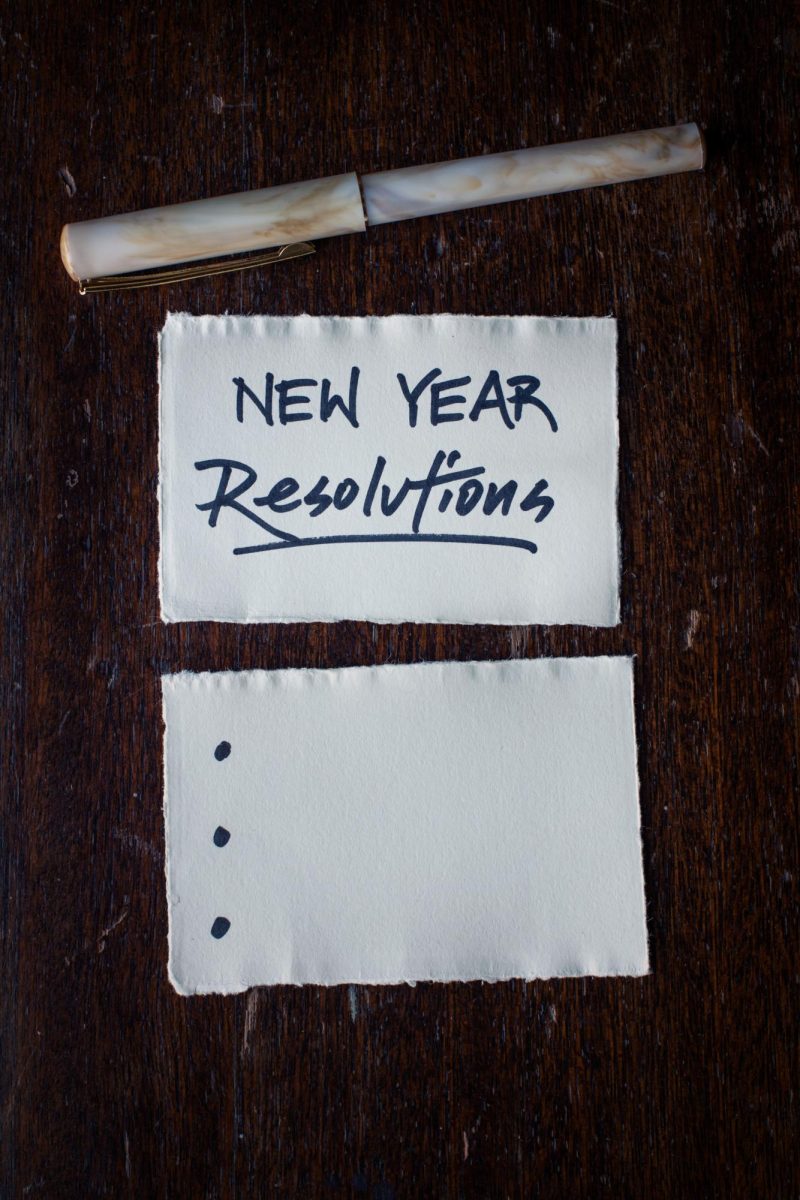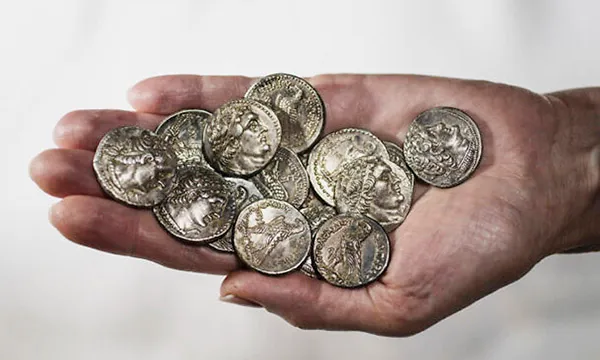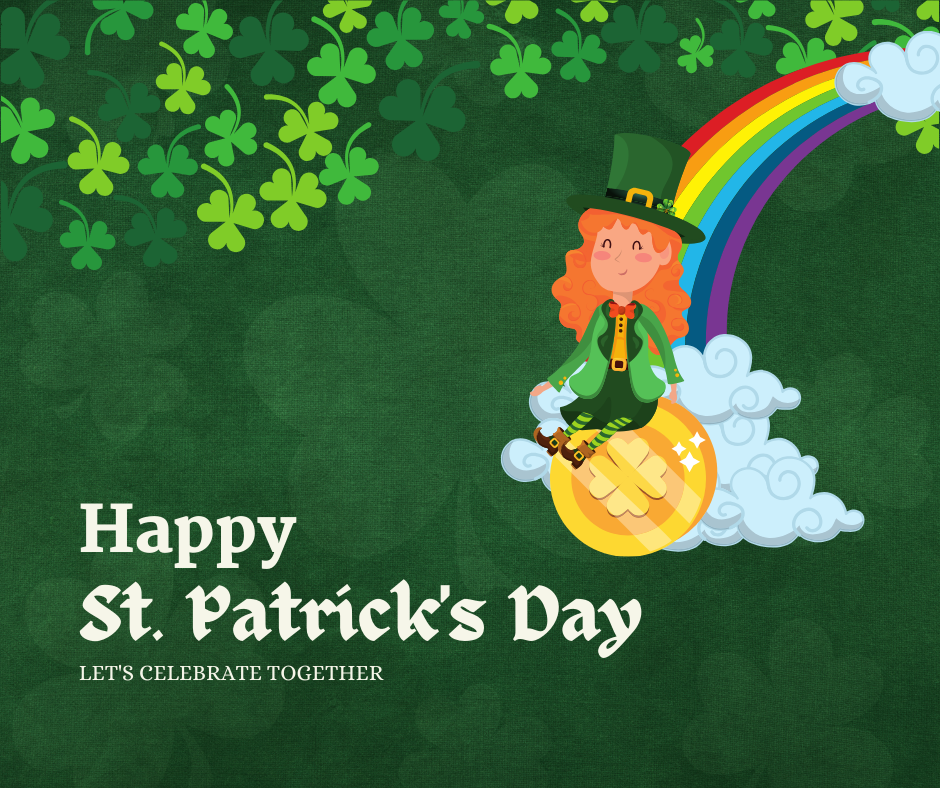Every March 17th, the world explodes in a sea of green—parades, shamrocks, and some questionable leprechaun outfits. But have you ever wondered why we celebrate St. Patrick’s Day? Spoiler alert: It’s not just an excuse to wear green and pinch your friends.
Who Was St. Patrick, and Was He Even Irish?
Plot twist—St. Patrick wasn’t actually Irish. He was born in Roman Britain (probably around modern-day England) in the late 4th or early 5th century. When he was a teenager, Irish raiders kidnapped him and forced him into slavery in Ireland. Talk about a rough start.
After several years of tending sheep, Patrick had a dream where he believed God told him to escape. So, he pulled a dramatic prison break (minus the actual prison) and made it back home. But then, get this—he CHOSE to return to Ireland later as a missionary.
Driving Out Snakes? Not Quite
Legend says St. Patrick drove all the snakes out of Ireland, which sounds pretty impressive until you realize… there were never any snakes in Ireland to begin with. Scientists say the cold climate made it impossible for snakes to live there in the first place. So, what’s the deal with this story? Many historians believe “snakes” might have been a metaphor for getting rid of pagan beliefs and spreading Christianity.
Why Green? And Why All the Shamrocks?
Believe it or not, St. Patrick was originally associated with the color blue! But over time, green became the go-to color because of Ireland’s nickname, “The Emerald Isle,” and its lush landscape. Plus, the shamrock (a three-leaf clover) became a symbol of the day because legend has it that Patrick used it to explain the concept of the Holy Trinity (Father, Son, and Holy Spirit).
As for why people pinch you if you’re not wearing green—blame American traditions. Some say it started because wearing green makes you “invisible” to leprechauns, who apparently like to sneak up and pinch people.
From a Religious Feast to Global Party
Originally, St. Patrick’s Day was a religious holiday in Ireland, where people attended church and had a quiet feast in honor of the saint. But when Irish immigrants came to America, they turned it into a much bigger celebration—parades, festivals, and all the fun stuff we associate with the holiday today.
The first St. Patrick’s Day parade? It didn’t even happen in Ireland! It took place in St. Augustine, Florida, in 1601—yes, before the U.S. was even a country. Then, in 1762, Irish soldiers in New York City held a parade, and the tradition spread from there. Today, massive parades take place in cities like New York, Chicago (where they dye the river green!), and even places as far as Tokyo and Sydney.
Celebrate Like a Pro
So, whether you’re rocking green, searching for a four-leaf clover, or just enjoying a plate of corned beef and cabbage (another tradition that actually started in America), take a moment to appreciate the history behind St. Patrick’s Day. It’s a wild mix of real history, myth, and fun traditions that have grown over the centuries.
And hey, if you do spot a leprechaun—ask where they hide their gold. You never know.
